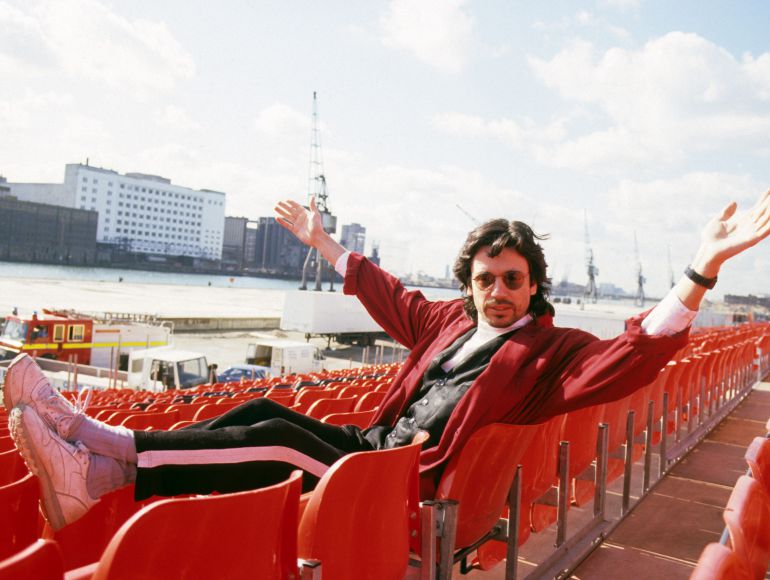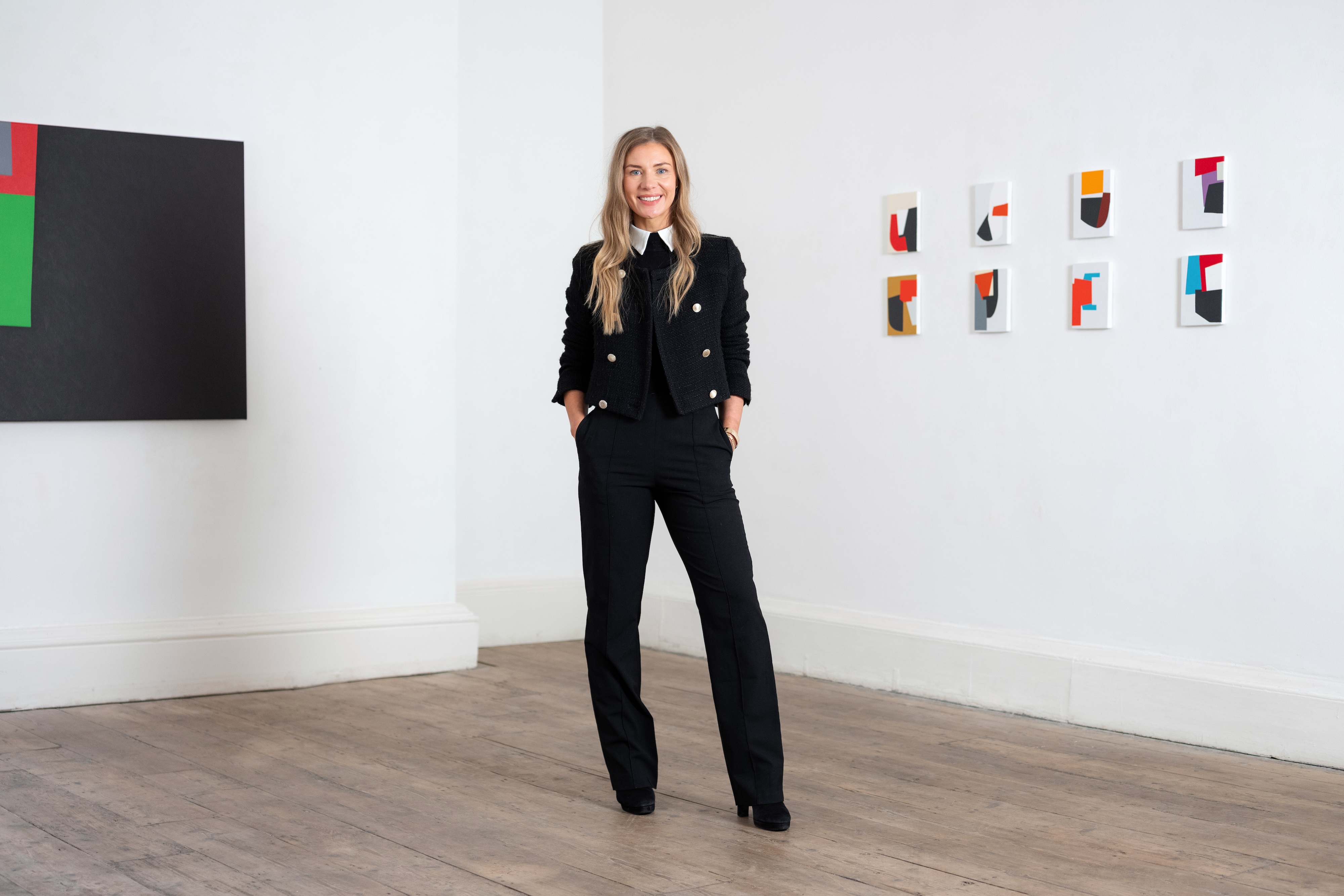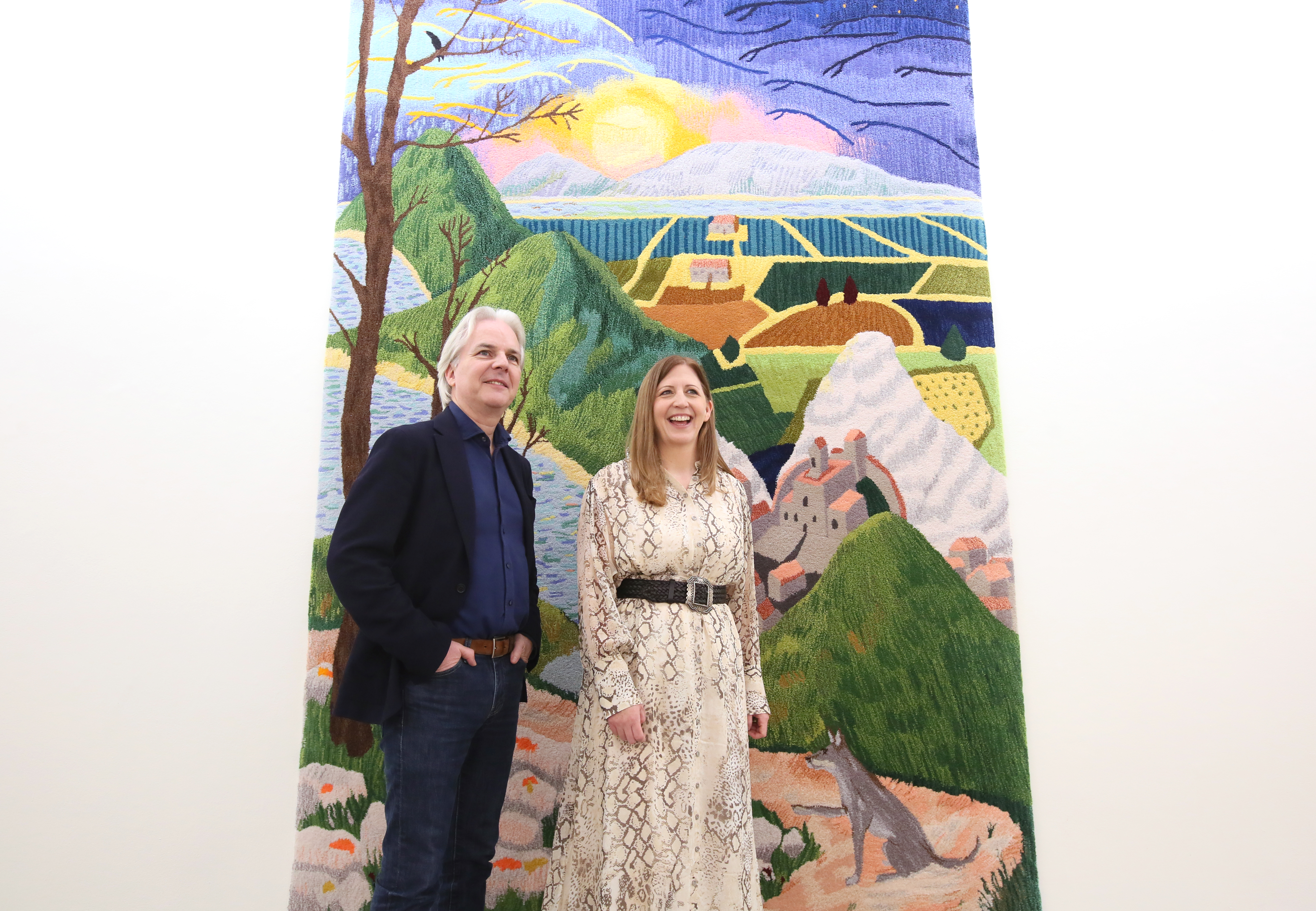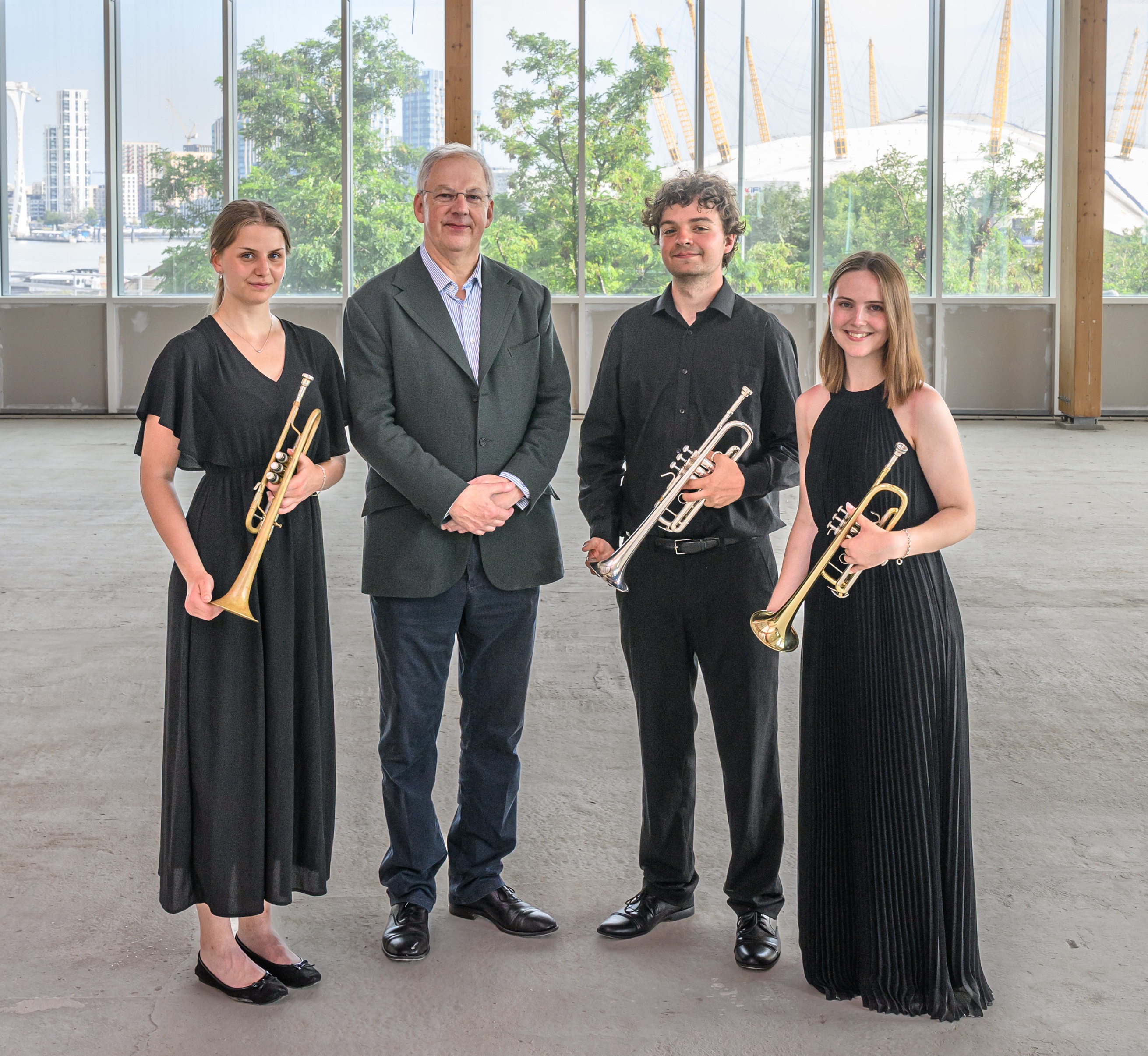Rock around the dock
London’s 2012 Olympics has been credited with kickstarting the regeneration of east London but more than 20 years earlier a rock spectacular made the docklands a destination.
Jean-Michel Jarre’s legendary Destination Docklands 1988 concert on Royal Victoria Dock “heralded the start of a remarkable quarter century of dramatic economic change for east London, culminating in the 2012 Olympics” says the man who tried to ban it.
Speaking on the 30th anniversary of the ground-breaking ‘spectacular’ by the French musician composer, Labour MP for East Ham Stephen Timms, who chaired Newham’s Planning Committee at the time, said: “I tried to ban it. Fortunately, I didn’t succeed. It was a good event but the organisation around it was dire and there were serious and genuine public safety concerns. At one point we were being told that one million people were going to turn up on the edge of a very large dock.”
Timms, who went on to be Chief Secretary to the Prime Minister Tony Blair, added: “In retrospect, it was a great event – and the only time Charlotte Rampling (then married to Jarre) ever attended a Newham Council meeting!
“The concert created an atmosphere where people could see that there were clearly big opportunities on our side of London which had been neglected – it effectively changed the economic base of the area - and that change is still going on.”
Timms recalled that three major consortia expressed interest in the site immediately following the concert, but pulled out in the wake of 1990 property crash. Since then the area’s fortunes have continued to revive with developments by Ballymore at Royal Wharf to the south of Royal Dock and Goodluck Hope to the west.
Three decades ago, the Royal Victoria Dock was a deserted industrial wasteland.
Yet it was precisely this awe-inspiring desolation that persuaded Jarre to choose the location for one of his mesmerising musical extravaganzas – huge outdoor ‘spectaculars’ set against a backdrop of breath-taking synchronised fireworks, lasers and searchlights which had earned him international fame.
Like at ‘Rendezvous Houston’ two years earlier, to celebrate the 150th anniversary of the State of Texas, which attracted a world record 1.5m and then at a concert in his home town of Lyon to celebrate the visit of Pope John Paul 11, watched by a million people.
“I don’t see myself as a conventional rock musician”, said Jarre at the time after surveying the bleak docklands landscape by helicopter. “I am trying to use images and music to tell a story and I try to use locations that bring together the environment, the architecture, the buildings – and the docklands are exactly in the spirit of this concept.”
By bringing the abandoned area back to life with a concert attendance which topped 200,000 - even if only for one wet weekend in October - it made people realise that docklands could be a destination. So what’s the ‘Destination Docklands’ story 30 years on?
Dominated by the massive old Customs House, the location’s architecture was ideally suited to Jarre whose concerts regularly featured projected images onto buildings. With approval from the LDDC (London Docklands Development Corporation), work started in earnest in early summer with the event planned to go live in September.
The floating stage on which Jarre and his musicians performed was built on top of four large barges, towed down from Newcastle and welded together in the dock to create an enormous stage of 40m by 30m, capable of supporting 250 performers, (including boys and girls from the Newham Academy of Music) and technicians as well 400 tons of gear. “Let’s hope this Frenchman can swim!”, a cockney welder chortled at the time.
Three large purpose-built 90m by 100m display screens had to be built, and one of the old silo buildings to be used as a backdrop was painted white. A set of 6000-watt projectors were requisitioned to create “a giant Chinese magic lantern effect” on the buildings.
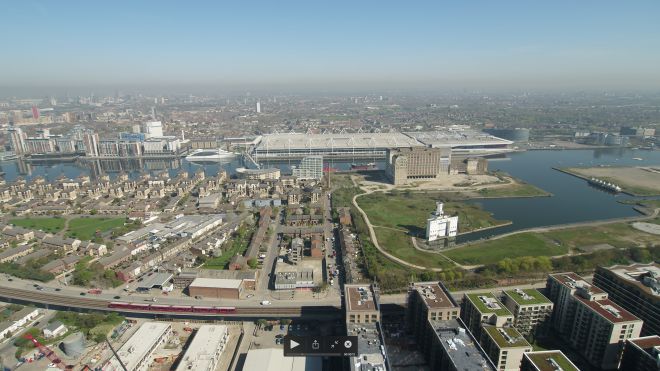
Spectators sat where the Excel Centre was later built on the northern quay of Royal Victoria Dock
Despite the steady progress on location, the concert seemed doomed when Newham Council’s Planning Committee, chaired by Timms, rejected the initial licence application over safety fears. Jarre felt “betrayed” and set about looking at tens of alternative venues from Dover to Edinburgh. But following negotiated improvements, Jarre eventually got the go-ahead to stage two separate performances on the weekend of October 8/9.
The concert was intended to show a history of the area, with tracks dedicated to the industrial revolution, the Swinging Sixties – with Shadows legend Hank Marvin - and the future regeneration of the area. The concert programme featured drawings of the redevelopment works due to take place in the years after the concerts, as did some of the projections on the building facades.
On the first night, poor weather threatened to break the stage from its moorings, putting paid to the original plan to float the stage across the Royal Victoria Dock. Wind speeds were so high that many of the 23 television cameras were blown over. On the second evening the audience, which included Diana, Princess of Wales, was soaked by rain and wind, prompting Jarre to quip to the crowd “Frogs like rain!”
The concert’s scale was larger than any seen in the UK before or since.

